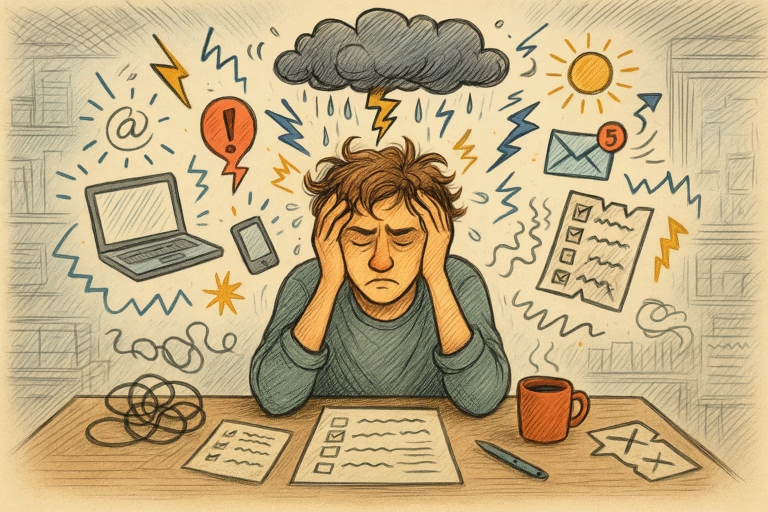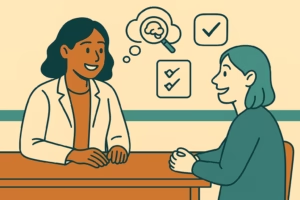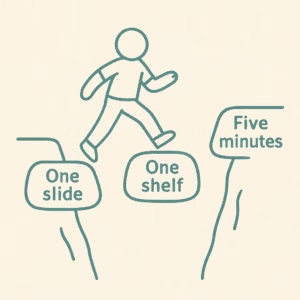For many neurodivergent individuals, managing big feelings isn’t simply a matter of “calming down.” When emotional regulation is tied to executive function—our brain’s self-management system—it becomes clear that intense emotional responses often stem from neurological wiring, not personality flaws.
What Is Emotional Overload?
Emotional overload occurs when the brain becomes flooded with feelings that are too intense or too rapid to process in the moment. This may lead to meltdowns, shutdowns, irritability, or retreating from social situations. Common triggers include unexpected change, sensory overwhelm, interpersonal conflict, or simply too many small stresses stacking up.
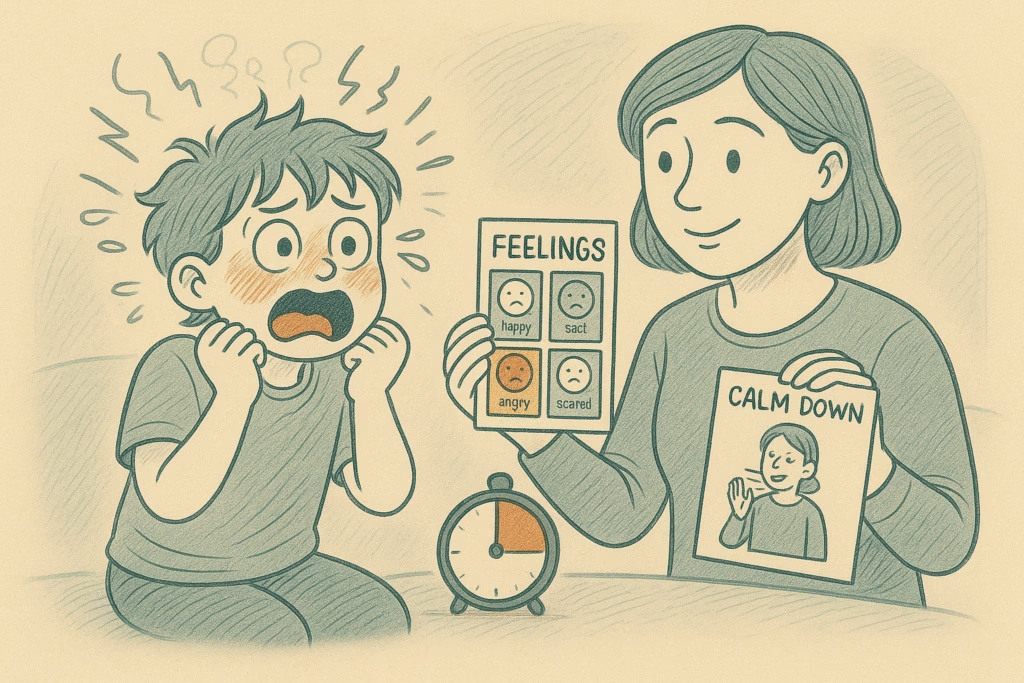
Why Executive Function Matters
Emotional regulation is a core component of executive function. It includes the ability to pause, assess, and respond to emotions rather than react impulsively. People with ADHD or related conditions often struggle with this because their brains process emotional input quickly and with high intensity, but may lack the “brakes” needed to moderate responses in real time.
This isn’t about being “too emotional”—it’s about lacking the cognitive support structures that help filter and organize emotional input.
Common Signs of Emotional Overload:
- Sudden bursts of anger, tears, or anxiety
- Retreating into silence or needing to isolate
- Difficulty articulating feelings in the moment
- Feeling “flooded” or unable to think clearly under stress
What Helps?
The goal isn’t to suppress emotion, but to regulate it. Here are strategies that can support both adults and young people:
1. Name It to Tame It
Teaching yourself or your child to label emotions (“I feel frustrated” vs. just acting on the feeling) helps activate the prefrontal cortex, where executive function resides.
2. Externalize Support
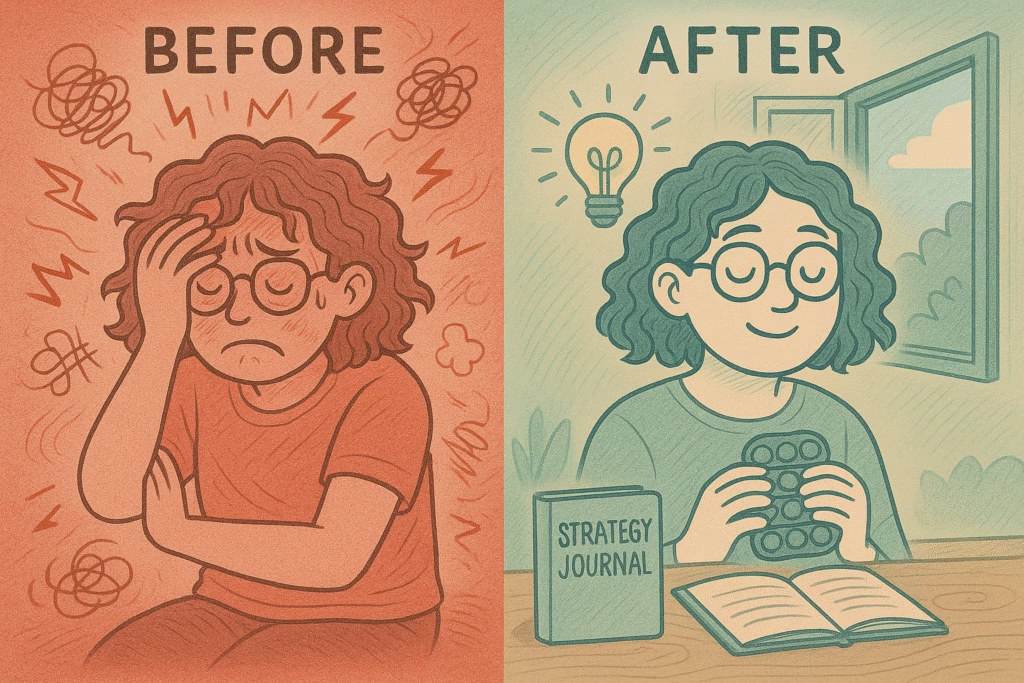
Use visual check-ins (like colour zones or emotion thermometers), body scans, or even scheduled emotion check-points during the day.
3. Practice the Pause
Use a short mantra or movement (“take 3 breaths,” “touch something cool,” or “step outside”) to build space between emotion and action.
4. Create Predictable Recovery Routines
Have go-to plans for emotional overload: noise-cancelling headphones, a “reset” activity, or a calm-down kit with fidgets, music, or scents.
5. Normalize Big Feelings
Whether in the classroom or at home, validating that intense feelings are real and not “bad” builds trust and reduces shame.

